
The auto industry has seen a global slowdown in recent years which has forced the major car manufacturers to find new and innovative strategies to turn a profit. Many have adapted by focussing on higher-end, more expensive models that lead to wider profit margins. 2017 has showed signs of recovery, with a handful of the major players reaching record global sales figures.
Things are looking very positive in the current fiscal year, although there are some concerns that heightened U.S. protectionism may adversely affect the global market moving forward. In 2017, the previous number-one manufacturer on our list, Toyota, was overtaken for the top spot. The new number one may surprise you.
With 2018 shaping up to be another competitive year for the global auto industry, we’ve compiled a list of the top 10 largest car companies in the world (by 2017 unit sales).
10. Suzuki
Country of Origin: Japan
Unit Sales: 3.15 million
Number of Employees: 57,749
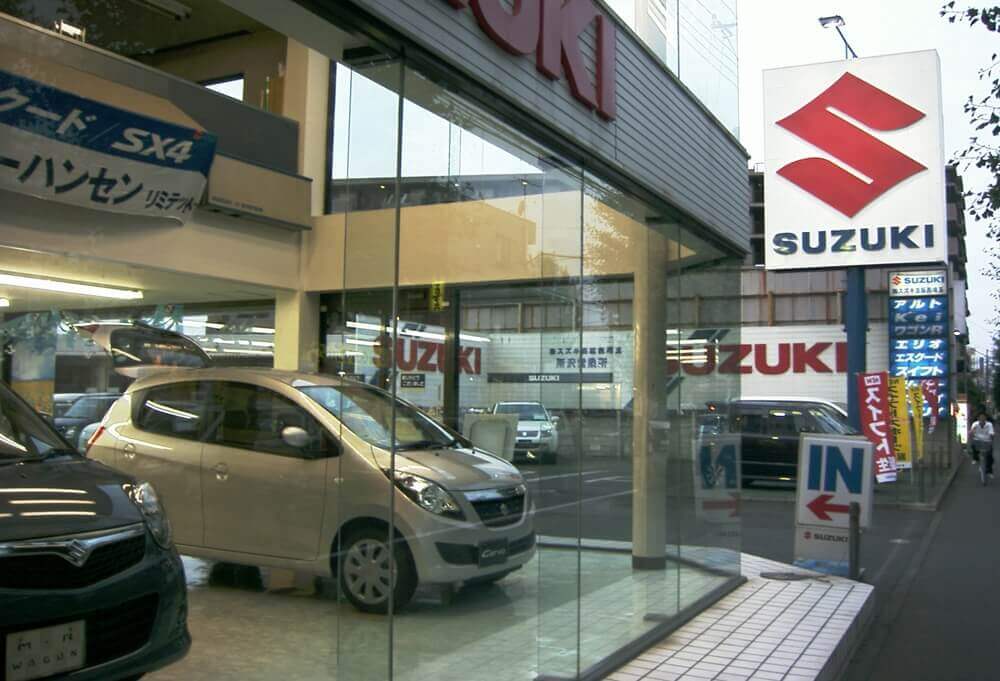
Although Suzuki’s global presence has diminished in recent years, its sales are currently driven by its overall strong performance in India, where it is the top automaker alongside Hyundai Motors.
The company, which operates under the name Maruti Suzuki, has recently announced that it aims to sell 2 million cars per year in India by 2020. This estimate may seem optimistic given the 6.6 per cent slide in operating profit the company reported in the second quarter of 2018. The downtown was a result of decreased sales in China, Europe and India, its biggest market.
9. PSA Peugeot-Citroën
Country of Origin: France
Unit Sales: 4.16 million
Number of Employees: 170,156

After some tough years in the middle part of this decade for PSA Peugeot, most notably a €114-million loss in 2014, the company has rebounded as of late. The French automaker reported an overall increase of 15.4 percent in worldwide sales for year-end 2017. Much of this increase is attributed to the excellent performance of SUV sales, which accounted for 23 percent of consolidated sales.
Things continue to look rosy in 2018 as Peugeot reported a 7.8 percent increase in Q2 revenue. Industry experts attribute the increase to the company’s acquisition of Opel-Vauxhall along with an uptick in sales of higher-end Peugeot models.
The company aims to doubles sales in the ASEAN region. They recently announced a deal with Naza Corp in Malaysia to produce vehicles for the Asian market.
8. Fiat-Chrysler
Country of Origin: Italy, USA
Unit Sales: 4.86 million
Number of Employees: 235,201
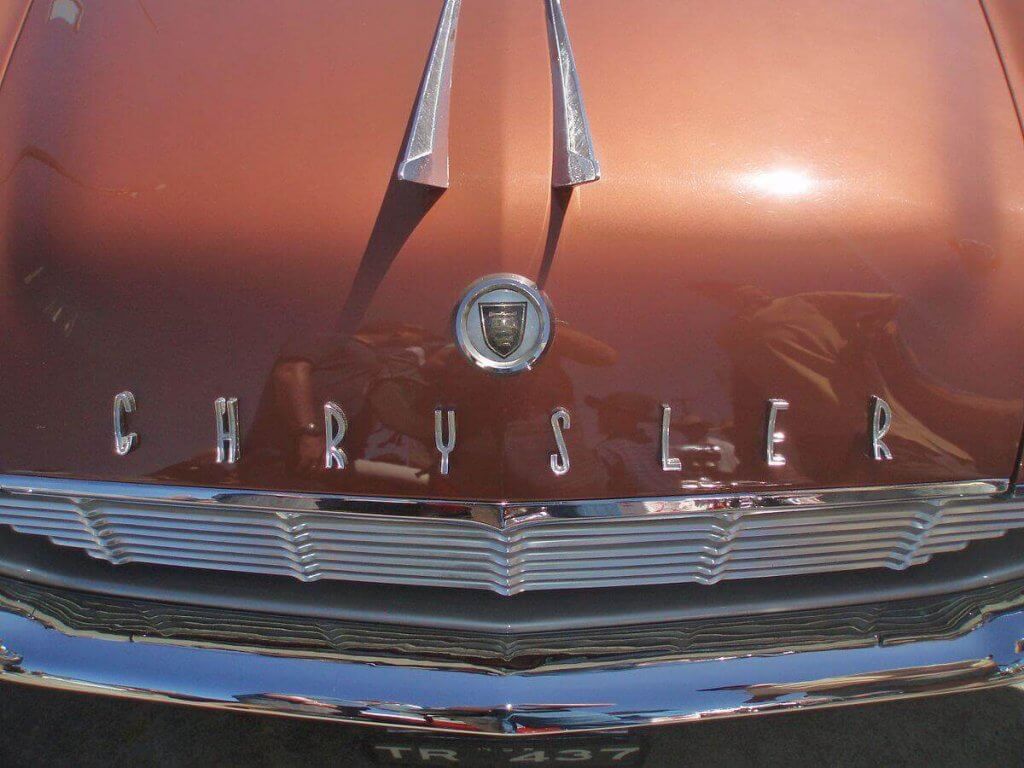
After a solid North American sales performance in 2017, Fiat-Chrysler saw its 2018 Q2 profits drop 40 percent over the same period last year. The dip was not due to lagging sales but rather to a one-off €700-million charge to deal with any future settlement stemming from emissions violations in Ram pickups and Jeep Grand Cherokees from 2014–2016. In 2015, Fiat/Chrysler was issued a $105 million penalty by the U.S. National Highway Traffic Safety Administration for failing to complete 23 safety recalls covering more than 11 million vehicles.
The North American division has been easily outperforming its European and Asia-Pacific counterparts. Increased competition in China and pricing pressure in Europe were cited for the lagging sales in those regions. Even still, North American sales boosted total sales to a 3 percent increase in 2017.
7. Honda Motor
Country of Origin: Japan
Unit Sales: 5.36 million
Number of Employees: 208,000

The Japanese automaker’s global sales forecast has improved through 2019, but they still face a second straight year of declining overall sales. Due in large part to a boom in motorcycle sales, Honda increased its profit forecast by 11.3 percent to $7 billion for the year ending in March 2019.
Even with that upgraded forecast, it still falls short of their record high for sales of $7.42 billion in March 2017. Slowing sales in China are a major contributing factor to the overall decline in sales. Honda is outperforming its Japanese rivals in China but is still being hurt by quality issues with two of its leading models, the Civic and the CR-V SUV.
6. Ford Motor
Country of Origin: USA
Unit Sales: 6.25 million
Number of Employees: 202,000
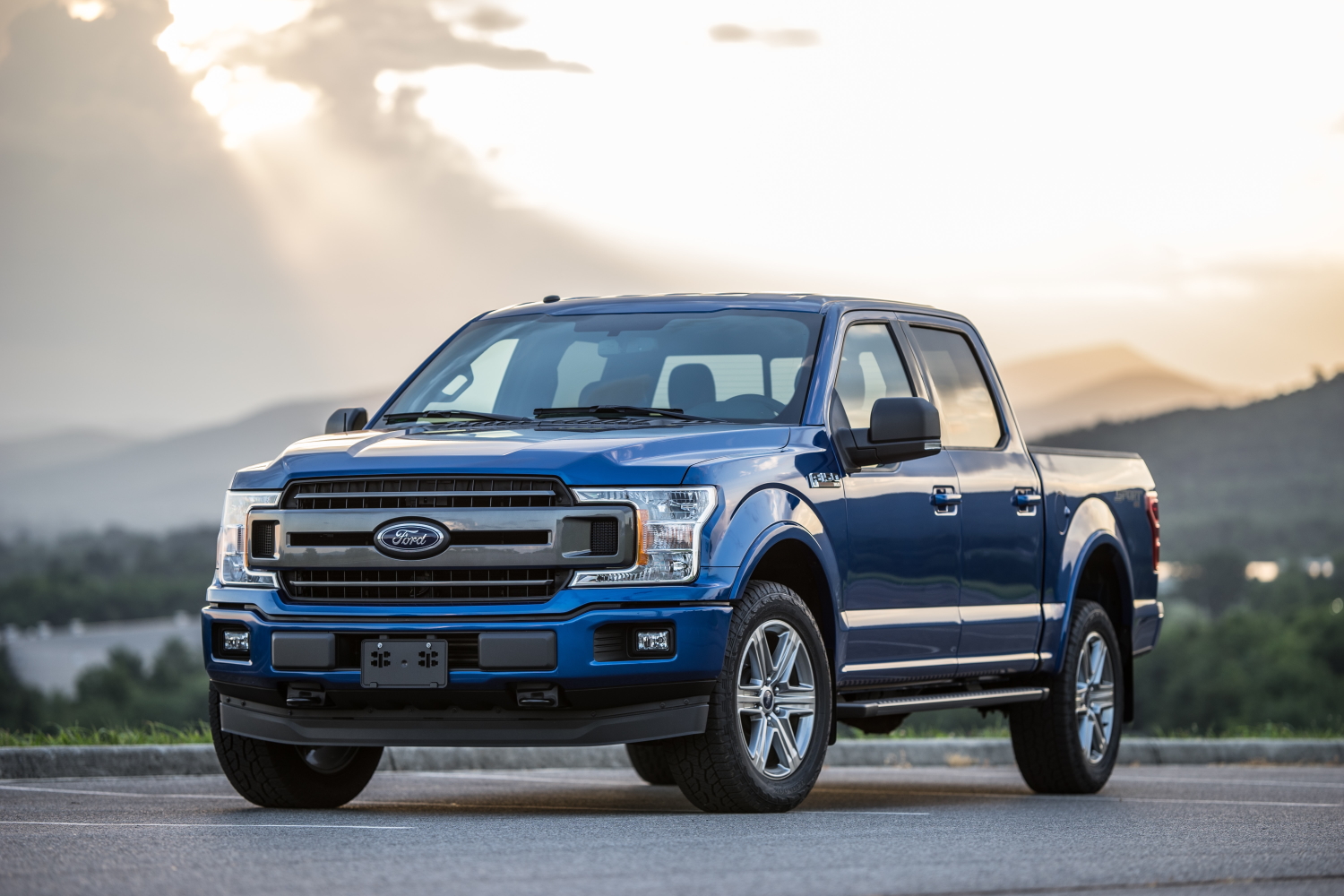
After an annual revenue increase of 3.3 per cent for the fiscal year-end 2017, Ford Motor Company saw a significant drop in revenue for Q2 2018. The American auto giant’s net revenue fell 37 per cent due to significant sales drops in both China and Europe.
While those two regions continue to be trouble spots for Ford, sales in North America hold steady. An uptick in sales of higher-end trucks and sport-utility helped to drive revenue up by nearly 3 per cent, to $37.6 billion. This figure easily surpasses initial industry predictions.
The North American sales prove to be a bright spot for new Chief Executive Jim Hackett, who was hired in early 2017 and charged with implementing a turnaround plan. Hackett had set a goal of operating margins of 8 per cent by 2020, but the recent slumping overseas numbers have forced Ford to back away from that projection.
5. General Motors
Country of Origin: USA
Unit Sales: 6.88 million
Number of Employees: 180,000
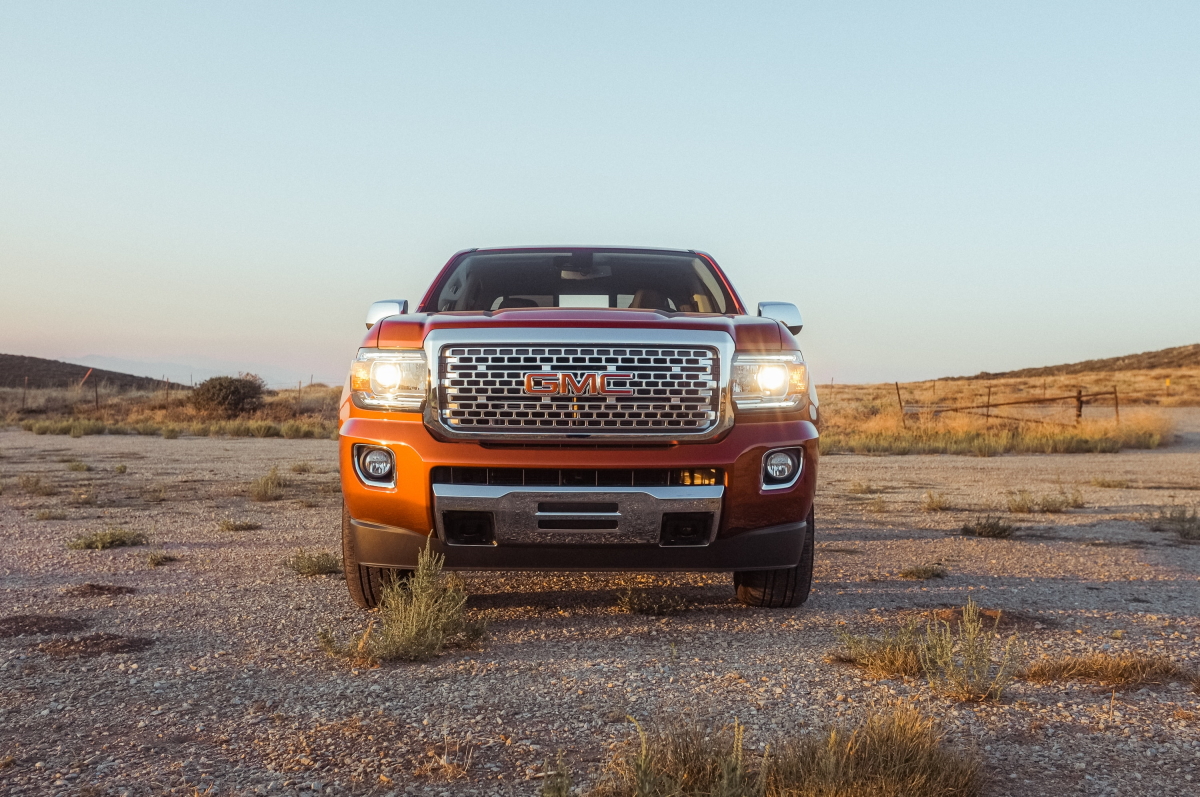
General Motors’ global revenue saw a dip in 2017 from the previous year. After posting $149.18 billion in 2016, the American automakers earned $145.59 billion in 2017, a decrease of just over 3.4 per cent. The decrease has been attributed to sluggish overseas sales and the sale of its business to Groupe PSA.
So far, 2018 represents a “good news–bad news” situation for GM. Unit sales in Q2 have dropped 14.7 per cent from the same period last year. However, an increase in price point by an average of $800 per vehicle has enabled GM to set a record for transaction prices of about $4,000 over the industry average. Another bright spot has been with Cadillac sales in China which are up 20 per cent so far this year.
4. Hyundai/Kia
Country of Origin: South Korea
Unit Sales: 7.28 million
Number of Employees: 110,000

The South Korean conglomerate (which includes Kia) saw sales in October 2018 increase nearly one percentage point over the same period last year. This October, Hyundai sold 408,160 units globally, up from 404,321 last October. The increase is largely attributed to a strong performance at home, where sales were up 25 per cent over the previous year.
Leading way were robust sales for the Sante Fe and Kona. The Santa Fe became the bestselling vehicle in Korea and the Kona saw its best month of sales since its launch last year. Overall, the automaker is experiencing a bounce back from some tougher years in 2014 and 2015 when they were suffering at the hand of a strong Korean currency.
3. Toyota Motor
Country of Origin: Japan
Unit Sales: 10.12 million
Number of Employees: 365,000
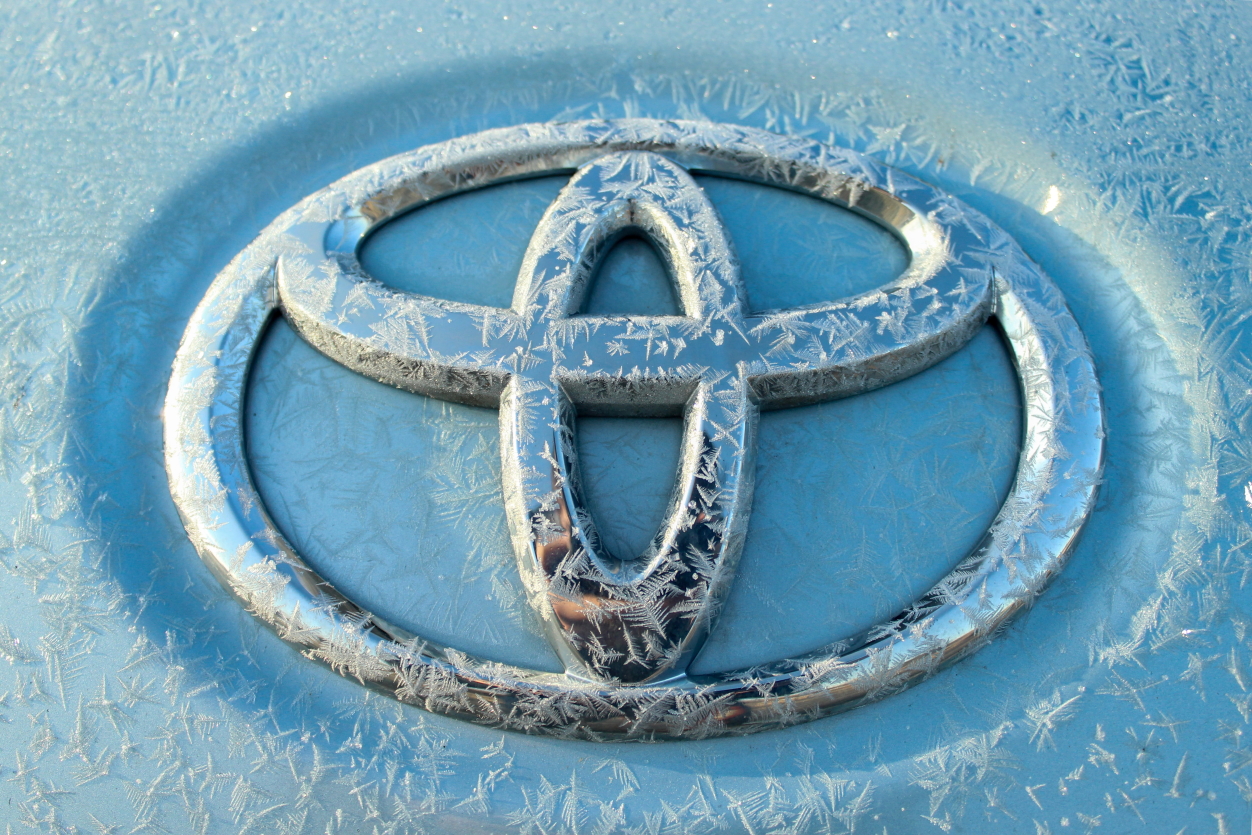
Toyota Motor’s sales have dropped in recent years, reflecting a worldwide slowdown in automobile sales. However, there appear to be signs of a rebound as 2018 Q2 global sales increased 1.9 per cent ,prompting the Japanese automaker’s strongest Q2 performance since 2015. This positive result is attributed to a sales push on the higher-end, more profitable models. Toyota is looking to cash in on the increasing global demand for crossovers, SUVs and other light trucks.
While the Corolla, RAV4 and Camry are three of its most popular vehicles, it’s the Lexus line that is giving Toyota the most reason for optimism. There has been growing demand for Lexus vehicles in China. This has led Toyota to begin plans for a possible Chinese Lexus production facility in the very near future.
2. Volkswagen Group
Country of Origin: Germany
Unit Sales: 10.41 million
Number of Employees: 642,292

Record sales and a strong recovery from the “diesel-gate” scandal allowed Volkswagen to overtake the previous number one, Toyota, but it still remains second on the list. Robust sales of Porsche, Audi, Skoda and other signature brands led Volkswagen to surpass the 10.4 million units sold mark for the first time in their history.
Interestingly, sales increased everywhere in the world except right at home in Germany. South America led the way with a 23 per cent jump in total sales, Central and Eastern Europe saw a 13.2 increase, and Chinese sales went up by more than 5 per cent. This is in stark contrast to Germany, where Volkswagen saw sales drop by 0.4 per cent.
1. Renault-Nissan Alliance
Country of Origin: France, Japan
Unit Sales: 10.6 million
Number of Employees: 450,000
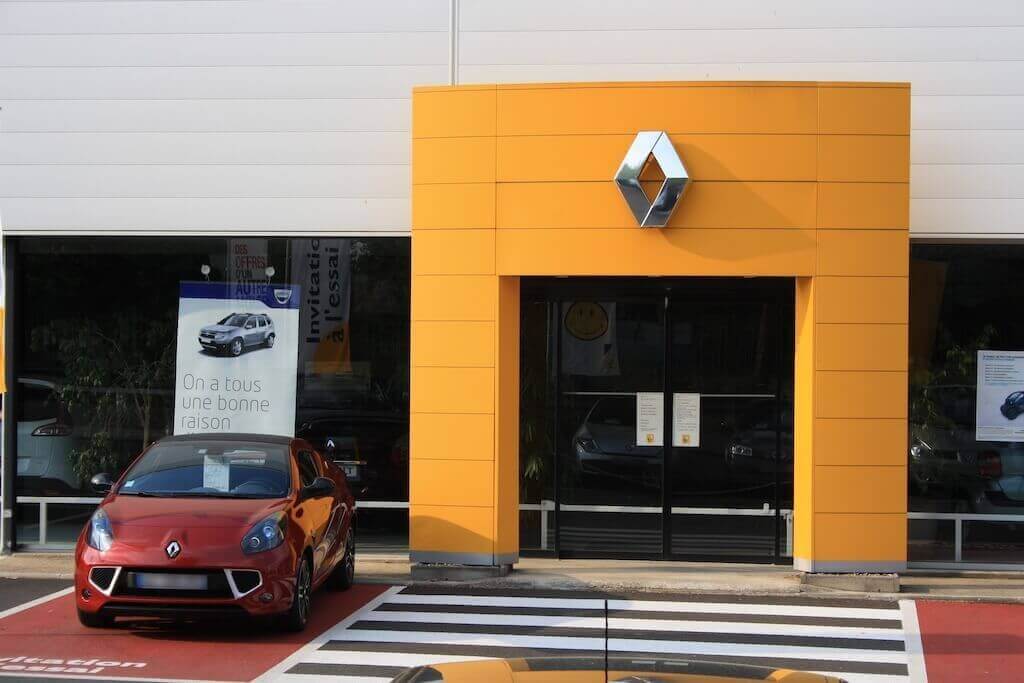
The French-Japanese partnership increased combined global vehicle sales by 6.5 per cent, making them the number one car manufacturer with more than 10.6 million units sold. 2017 marked the first year Mitsubishi was included in the Alliance. Last year the group sold vehicles in nearly 200 countries under brands including Renault, Nissan, Mitsubishi and Renault Samsung Motors amongst others.
Industry experts believe consumer demand for more zero-emission electric vehicles helped pushed the Alliance over the top. The Nissan Leaf all-electric car has emerged as the world’s best-selling highway-capable plug-in electric car in history. Nissan has sold more than 300,000 units worldwide through January 2018.









